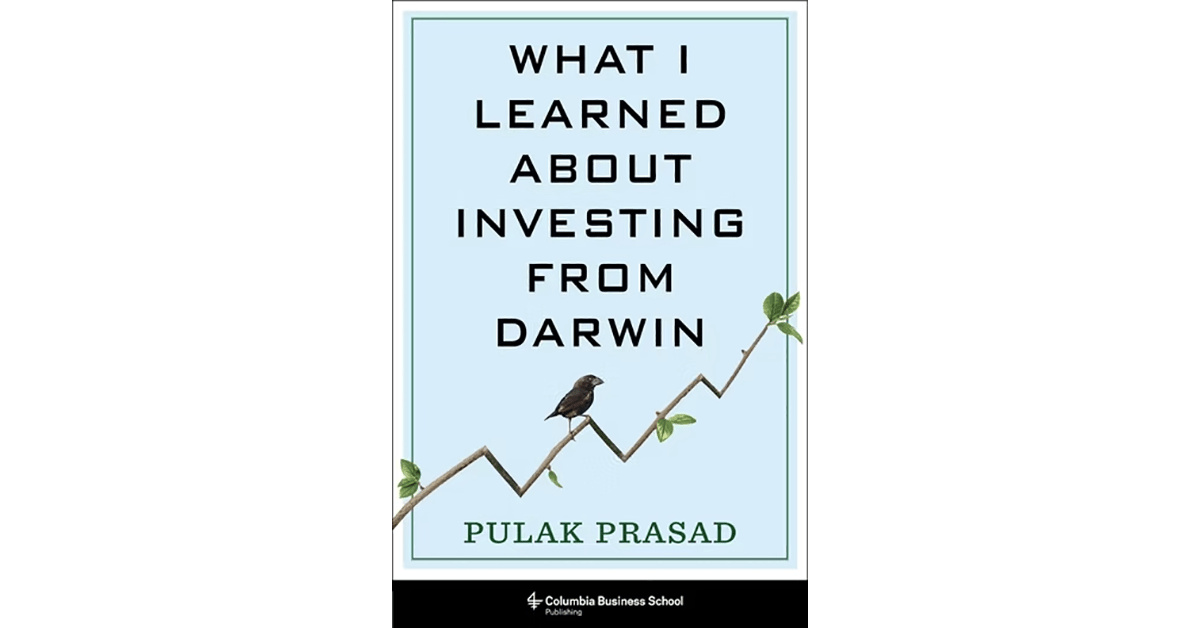– Pulak Prasad’s book, “What I Learned about Investing from Darwin,” offers practical insights for investors.
– The book emphasizes the importance of good perspective and strategy in investing.
– Prasad draws on examples from his own portfolio to illustrate investment theory and analytical techniques.
– The book highlights the parallels between evolutionary theory and investment theory.
– Prasad’s focus on the return on capital employed (ROCE) as a primary metric is a key takeaway.
– The book reminds investors that knowledge and techniques are means to an end, not an end in themselves.
– Prasad’s perspective may become more valuable as algorithms and artificial intelligence are used in investing.
Singapore-based author Pulak Prasad’s book, “What I Learned about Investing from Darwin,” provides valuable insights into successful investing. While investment professionals rely on hours of study and experience, self-taught investors can also develop knowledge and skills for success. Prasad’s book targets a middle group of investors who may lack formal training but want to improve their investing strategies.
Prasad takes inspiration from star investors like Peter Lynch and emphasizes the importance of investing in companies with compound growth potential. However, he goes beyond this and delves into investment theory and analytical techniques. He argues that many professional analysts rely too heavily on analytical tools, leading to a lack of perspective and an inability to identify companies with superior compound growth and downside protection.
To illustrate his points, Prasad uses examples from evolutionary biology, including works by Charles Darwin. He draws parallels between evolutionary theory and investment theory, highlighting the concepts that are most likely to lead to long-term success and market outperformance. One key takeaway is Prasad’s focus on the return on capital employed (ROCE) as a primary metric, which he believes is associated with other favorable corporate qualities.
The book is well-written and edited, with Prasad’s folksy style making it an engaging read. While there are occasional small missteps, such as a claim of a zero percent return for a bankrupt investment, these do not detract from the overall message. Prasad’s advice may sometimes lack context, such as his dislike for any debt on company balance sheets, but these are minor quibbles.
Overall, “What I Learned about Investing from Darwin” reframes the quest for long-term investment success by shifting the focus from tools and techniques to the desired outcomes. It serves as a timely reminder to investors that knowledge and refined techniques are means to an end, and that perspective and strategy are crucial. In an era of increasing reliance on algorithms and artificial intelligence in investing, Prasad’s perspective may become even more valuable.
Please note that this paraphrased version of the article is generated by an AI, and it may not perfectly reflect the original content.







